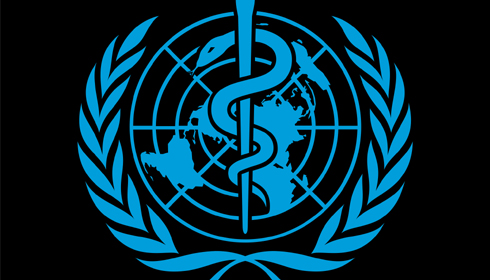
Leading health agencies introduce updated pathogen terminology for airborne transmission
In a significant move to enhance global health efforts, the World Health Organisation (WHO) has unveiled updated terminology for pathogens that spread through the air. This announcement, following extensive collaboration with public health agencies and experts, aims to streamline communication and response strategies for diseases such as COVID-19, influenza, measles, and tuberculosis.
The newly published report, titled "Global Technical Consultation Report on Proposed Terminology for Pathogens that Transmit Through the Air," is the result of a comprehensive multi-year effort involving WHO, leading public health agencies, and experts from around the world. This joint effort underscores a unified commitment to address the challenges posed by airborne pathogen transmission.
The consultation process, spanning from 2021 to 2023, identified a critical need for standardised terminology across scientific disciplines. The COVID-19 pandemic highlighted the discrepancies in terminology, hindering effective communication and response efforts. Through collaborative discussions, consensus was reached on terminology that accurately describes the transmission of pathogens through the air.
Dr. Jeremy Farrar, WHO Chief Scientist, emphasised the significance of the agreed-upon terminology in guiding research agendas and public health interventions. The new descriptors aim to provide clarity and coherence in identifying, communicating, and responding to airborne pathogens.
The updated terminology introduces common descriptors to characterise the transmission of pathogens through the air. Individuals infected with respiratory pathogens expel infectious particles, termed "infectious respiratory particles" (IRPs), through various activities such as breathing, talking, or coughing. These IRPs exist on a spectrum of sizes, eliminating the previous distinction between "aerosols" and "droplets."
Pointing out that the descriptor "through the air transmission" encompasses two modes of transmission, namely, Airborne transmission or inhalation and direct deposition, the the UN Health agecy clarified that IRPs are expelled into the air and inhaled by another person, either at a short or long distance from the infectious individual. Factors such as airflow and ventilation influence the distance of transmission.
On the other hand, in direct deposition the IRPs are expelled into the air and directly deposited onto the mouth, nose, or eyes of a nearby individual, potentially leading to infection.
Dr. Gagandeep Kang and Dr. Yuguo Li, co-chairs of the WHO Technical Working Group, highlighted the collaborative effort involved in reaching consensus on the terminology. They emphasised the importance of this milestone in advancing understanding and response strategies for airborne diseases.
The conclusion of this consultation marks the first phase of global scientific discussions led by the WHO. Future steps include further research and exploration of the implementation implications of the updated descriptors, paving the way for enhanced health services in the short and medium term.